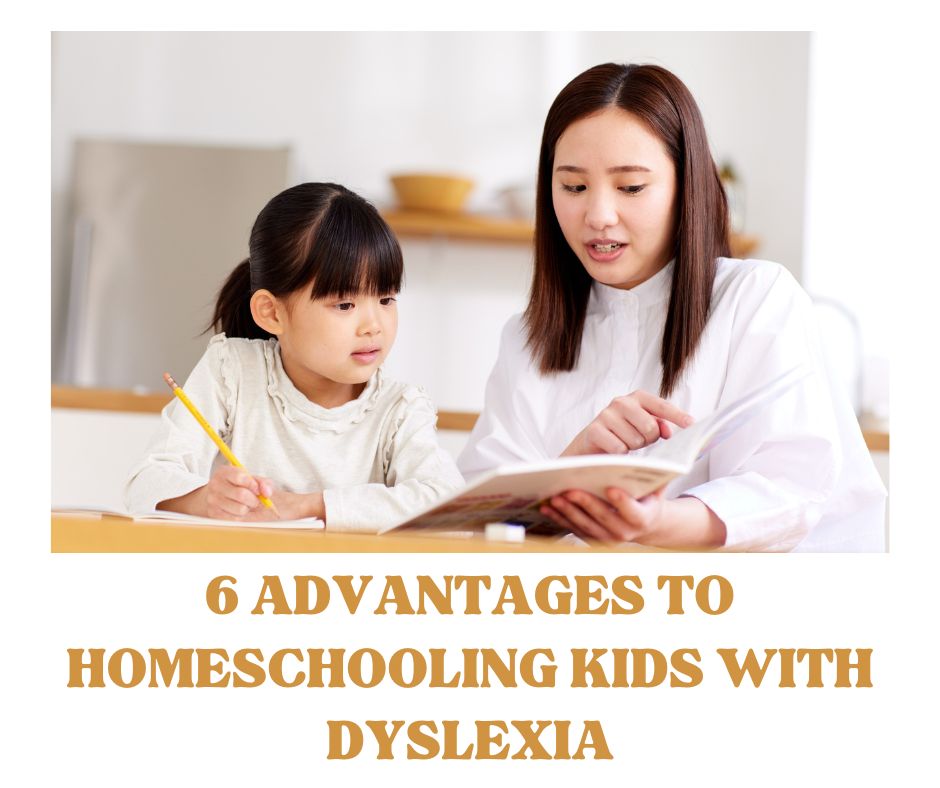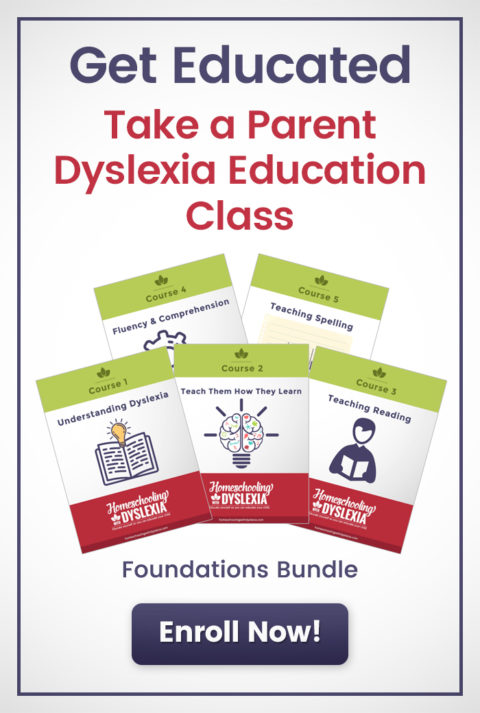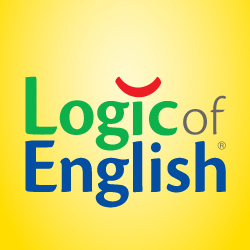Teaching a child with dyslexia can feel like navigating a stormy sea: you know your child is bright, creative, curious … but the standard classroom method isn’t a perfect fit. For many families, homeschooling becomes not just a fallback, but a strategic choice that brings real advantages tailored to how children with dyslexia learn. In this post, we’ll explore why homeschooling can offer major benefits and how you can lean into them.

What is dyslexia — and why does it call for a different approach?
While dyslexia doesn’t define a person’s learning journey, it does shape it.
Children with dyslexia typically struggle with aspects of reading, spelling, writing and word recognition. These difficulties arise not from lack of intelligence or effort, but from how their brains process language.
Because of this, the “one size fits all” model of schooling can create frustration: the pace, the demands, the screening for speed rather than mastery. Families often find that the standard system doesn’t quite align with the needs of a dyslexic learner.
Benefit 1: Instruction that’s truly individualized
In a traditional classroom, teachers juggle many students, many learning profiles, many demands. That means the student with dyslexia often has to keep up with a grade-level pace not designed for their processing profile.
Homeschooling lets you adapt:
- tailor lesson pace to your child’s mastery rather than classmates’ pace.
- spend more time on decoding, phonemic awareness, spelling, and fluency while advancing more quickly in areas of strength.
- choose curricula or methods built for dyslexic learners (e.g., structured literacy, multisensory approaches).
When you focus on how your child learns, rather than squeezing them into how the school teaches, you open the door to deeper, less stressful progress.
Benefit 2: Flexible schedule + space for remediation
Kids with dyslexia often benefit from extra time, more frequent review, movement breaks, and accommodations. Homeschooling allows you to build therapy, remediation, and learning into the day.
For example: if your child has reading support, speech therapy, or occupational therapy, you don’t have to treat those as “after school extras”. They become part of the day, integrated.
In addition, you can reduce the total school-time stress: many homeschooling families find they complete required work in fewer hours because instruction is focused, intentional, and aligned with the child’s pace.
Benefit 3: Strength-based learning and confidence building
One of the most profound advantages of homeschooling a child with dyslexia is the ability to shift the narrative.
Too often, children with dyslexia spend a lot of time on what they can’t do yet. Homeschooling allows you to flip that script:
- You can include more time in areas where your child shines (creativity, spatial reasoning, big-picture thinking, storytelling, engineering-type thinking).
- You build a culture of “I learn this way” rather than “I’m behind”.
- You reduce comparison with peers in a traditional classroom, which often undermines confidence. According to the International Dyslexia Association (IDA), homeschooling “allows a student to focus … and frees the child from measuring progress and skills against peers without learning differences.” (International Dyslexia Association)
When your child feels smart and successful, learning flows more easily.
Benefit 4: Fewer distractions, less anxiety, more focus
Traditional classrooms — large groups, multiple interruptions, rigid schedules, high stakes — can overwhelm a child with dyslexia. Homeschooling gives an environment you control.
“Children with dyslexia often benefit from frequent breaks … Incorporating physical movement …” and homeschooling “offers fewer distractions compared to a traditional classroom.” (Forbrain)
When focus is better, learning takes less time, frustration is lower, and the emotional cost (anxiety, discouragement) is reduced.
Benefit 5: Custom accommodations and tools — now not later
In public schools, accessing accommodations can be slow, bureaucratic, and dependent on resources. Homeschooling gives you immediate flexibility:
- Use hearing/listening supports, audiobooks, speech-to-text tools, text-to-speech.
- Create a multisensory reading environment (sand tracing, manipulatives, color overlays).
- Adapt how you assess and how you pace the work.
The fact sheet from the IDA states that homeschooling “allows the necessary individualization … in all subject areas” including reading, spelling, composition. (International Dyslexia Association)
When your child needs something today, you can provide it. That responsiveness matters.
Benefit 6: More meaningful time for life, exploration, and passions
When you have control of schedule and pace, you gain time. Time not spent on frustration, remediation in an ill-fitting environment. Time to do:
- field trips
- interest-based projects
- hands-on learning
- arts, engineering, robotics
- family time
This kind of enrichment builds engagement, curiosity and depth—key for kids who learn differently.
How to leverage these benefits — practical tips
Here are some action steps for parents considering or currently homeschooling a child with dyslexia:
- Choose a structured literacy (Orton-Gillingham-influenced) program. Dyslexia research emphasizes explicit, systematic, cumulative, multisensory phonics instruction. See this review of the top 4 Orton-Gillingham reading programs for parents to use at home.
- Set up a dedicated learning space with minimal distractions, clear visual schedule, and flexibility built in.
- Embed movement and multisensory activities into reading/spelling lessons (clapping syllables, tracing letters, manipulatives, writing outside). See this post for ideas for hands-on, multisensory learning at home.
- Monitor progress intimately. Because you teach at home, you can pivot quickly when a concept isn’t sticking; you don’t have to wait for quarterly assessments. See this article on how to incorporate strengths into your teaching.
- Lean into your child’s strengths and interests. Use projects, themes, technology, audio/visual mediums to engage them in ways that match their profile. See this post for ideas on how to use interest-led learning in your home.
- Ensure social/emotional support. Homeschooling reduces some pressures, but you’ll also want to ensure your child has peer interactions, co-ops, group activities so their social development thrives.
- Stay connected with specialists and resources. Homeschooling doesn’t mean working in isolation. Use tutors, educational therapists, dyslexia-specialized professionals as needed. Read this article on finding dyslexia-friendly support groups.
If your child has dyslexia, you’re facing a unique learning journey—and homeschooling gives you the opportunity to make that journey meaningful, tailored and confidence-building. You get to shift from “catch up” to “move ahead in a way that makes sense for them”.
By leveraging individualized instruction, flexible scheduling, strength-based learning, fewer distractions, immediate accommodations, and richer experiences, you’re giving your child more than a different path—you’re giving them a path built for how they learn.






0 Comments